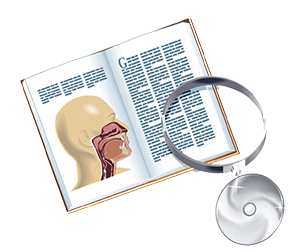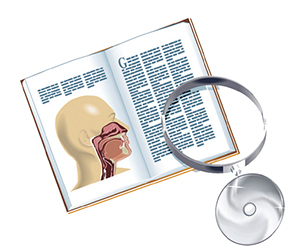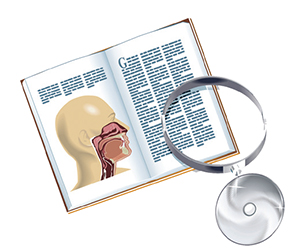Endoscopic DCR without stenting reduces intensity of post-operative management, avoids potential for stent-related complications, and offers comparable patient outcomes


Endoscopic DCR without stenting reduces intensity of post-operative management, avoids potential for stent-related complications, and offers comparable patient outcomes

Combined with a thorough history, physical, and audiologic exam along with ophthalmologic consultation, children with SNHL should be evaluated using sequencing algorithm based on degree of hearing loss

Conservative approaches, such as voice therapy and vocal hygiene measures, can offer sufficient improvement and avoid inherent risks of surgery

There remains no gold standard diagnostic criteria, but research by Neuhauser et al. provide a starting point for clinicians

Nasal endoscopy has a high specificity in identifying CRS and a high level of diagnostic accuracy when used in combination with symptom criteria

Flexible transnasal endoscopy-assisted placement, as well as 35 mm radiography, and electromagnetic and capnometry assistive devices can reduce complications and lower misplacement rates associated with NGTs

Patients with orbital SPA who have advanced ophthalmologic findings such as impaired visual acuity, or large abscesses, should be treated surgically, while less serious cases can be treated conservatively with IV antibiotics, nasal saline lavage, and topical decongestants

Risk of transmission of HPV to surgeons appears to be low, and evacuation of plume from surgical field is an effective strategy to prevent viral contamination

Without a gold standard test to diagnose nasal valve compromise, history and physical exam are key measures for distinguishing among septal, turbinate, and sidewall causes.

Antibiotic prophylaxis is effective when used in clean-contaminated oncologic surgery, but shouldn’t be used beyond 24 hours postoperatively